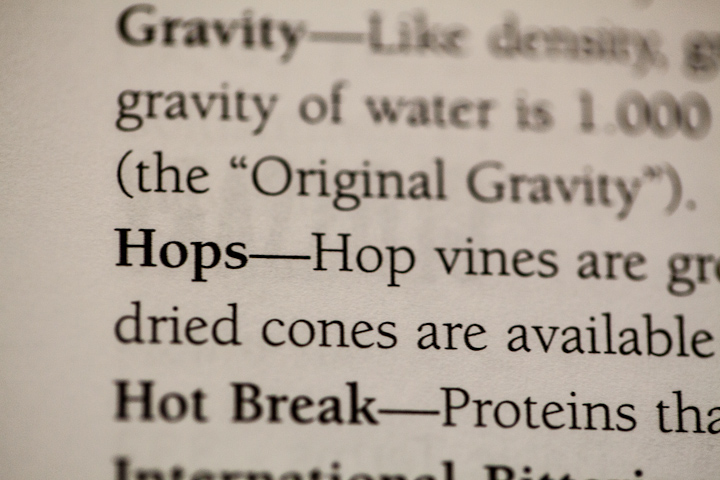Newcomers to the homebrewing world will quickly encounter a vast landscape of unfamiliar acronyms and bizarre terminology. When you’re still trying to learn the basic brewing processes, finding your way through the slew of unusual jargon adds its own steep learning curve. Here are a few of the most common terms along with their definitions to help ease the way.
LHBS – Local Home Brew Store
The LHBS is the place where your brew days will often begin. Sometimes it’s a brick and mortar store, other times it’s an online web store. Either way, the LHBS is your first stop for acquiring ingredients, equipment, and indispensable advice
Mash
This is the mixture of crushed malted grains and hot water. It can refer either to the mixture – as in “the mash” – or the process of combining the two ingredients, called mashing. There are also the individual stages of the process referred to as mash in and mash out which are performed at the beginning and end, respectively. In each of these steps, hot water is added to raise the temperature of the grain mixture.
Wort
What do you get after you mix water and malt? It isn’t quite beer yet until the yeast has been added. The sweet sugary liquid that results from the mashing process is called wort. The wort is boiled with hops before being cooled to the proper temperature for yeast to be added to it.
Lautering
Once mashing is complete, the grain and liquid must be separated. The process of separating the grain from the sweet liquid wort is known as lautering. This procedure involves a series of steps including vorloufing (recirculating) and sparging (rinsing).
Vorlouf
Vorloufing is a step in the lautering process. It involves draining off the liquid from the mash and recirculating it back through the mash. This process helps to remove solids from the liquid by filtering them through the mash grain bed. Once the wort is sufficiently clear of debris, it can be drawn off into the boil kettle.
Sparge
Sparging is the final step of lautering and refers to rinsing the remaining sugars from the grain with additional hot water. During the sparge, additional hot water is added to the mash. The two most common techniques for sparging are fly and batch style. In fly sparging wort is slowly and continuously drained to the boil kettle at the same rate as hot sparge water is added to the grain bed. Alternatively, in batch sparging, batches of additional hot water are added all at once then thoroughly mixed in and drained into the boil kettle.
MLT – Mash Lauter Tun
A tun is simply a large vessel used in the brewing process for holding water, grain, or a mixture of both. In some large breweries, mashing and lautering might be performed in separate vessels referred to individually as the mash tun and lauter tun. However, in typical homebrewing configurations, both tasks are performed in the same vessel.
HLT – Hot Liquor Tun
The purpose of this vessel is to hold hot water used in the brewing process. The liquor referenced in the name is just water. It can either be heated directly in the tun or heated externally and stored in this vessel. The HLT provides a source of hot water at the correct temperature for transferring into the MLT for various mashing and lautering stages. Not every homebrewing setup requires a HLT. However, many advanced systems utilize this extra vessel for convenience.
OG – Original Gravity
Specific gravity is a measurement of the density of a liquid compared to water. Wort with a high concentration of sugar therefore has a higher gravity than plain water. The larger percentage of sugars dissolved in the wort, the higher the gravity. The original gravity is the measurement taken just prior to the yeast being added to the wort. As yeast consume the sugars in the wort and produce alcohol, the specific gravity will decrease. By measuring the change in gravity, the alcohol content can be calculated.
FWH – First Wort Hop
First Wort Hops are hops added as soon as wort is first collected from the mash into the boil kettle. The hops have additional steeping time prior to the start of the boil. These hop additions will provide a very slight increase in bitterness compared to those not added until the beginning of the boil. However, they tend to provide a smoother bitterness compared to hops which are added at the beginning of the boil.
